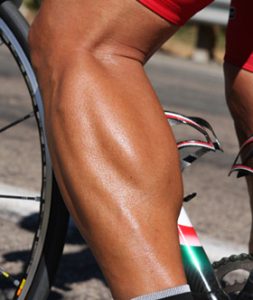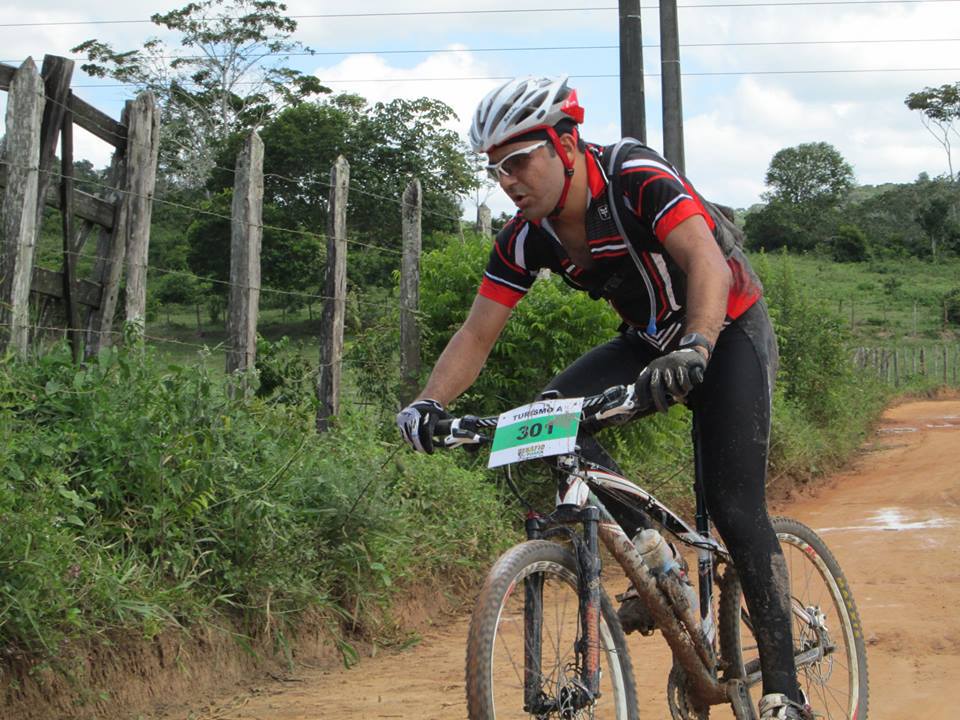Initially, when mountain biking got popular, most people underestimated just how physically adapt one has to be. Mountain biking was then considered to be a craze for the young and had little if anything to do with serious sport. Things have changed, however, and if you have ever gone mountain biking, you will be aware that your entire body will be put to the test and not just how one might imagine, your legs. Mountain biking requires optimum muscle strength in legs, arms, glutes, shoulders, back, and core. Mountain biking is more than merely sitting down and weight training, as well as a rigorous stretching regime, plays an important role in getting and maintaining fitness for mountain biking. Throughout the cycle, different muscles are put to the test and with that in mind, one may as well have a full-body approach to getting fit for mountain biking. If this has been on your mind and you want to try it out, it is best to start off slowly and work your way up. You can start by going on regular bike rides by renting bikes through services such as Pelican Cruiser or ones based within your area, so you have that option to build to what you want to do and get fit in the process.
 Lower Body – More than just Strong Calves
Lower Body – More than just Strong Calves
Everyone has seen the amazing size of a professional cyclist’s calves and it is true to say that calf muscles get a serious workout when you are mountain biking. Thigh muscles as well as glutes are just as important and I cannot put enough emphasis on the importance of looking after your hamstrings as well as the general stretching of muscles and tendons to go along with strength training. If you never exercise at all, you will pay a high price. Not only will you struggle on the day of your outing and maybe even fail to complete it, but your body will also rebel the next morning when the lactic acid build-up kicks in.
Upper Body – The Importance of Weight Training
Professional mountain bikers don’t just have strong legs, their upper bodies have adapted to the strenuous workout mountain biking represents too. Your arms and shoulders as well as your core will be seriously tested. Most professionals, and these days even hobby mountain bikers, go for regular cycles and also work out at the gym and do regular weight training. Again, stretching is very important and the need to train your upper body to ensure a successful and enjoyable ride is obvious. Someone with little upper body strength will have difficulty in maintaining pace and coping with the challenges of serious mountain biking. Preparation is key and unless you display some overall decent fitness, I would advise against mountain biking all together, even if the climb itself is small.
Overall Wellbeing
Like with any type of exercise, you will need to ensure that you are in good health before mountain biking and it is not advisable to set off on a long trip when you are not feeling well. Common sense must always reign supreme and the strenuous nature of mountain biking never be underestimated.
Good Food and Routine
 Eating the right foods as well as sensible training at reasonable intervals, maybe two to three times per week, will go a long way toward making mountain biking easier and more enjoyable. Adequate rest between outings is equally important and it is best to gradually go from easy rides to more difficult and strenuous ones.
Eating the right foods as well as sensible training at reasonable intervals, maybe two to three times per week, will go a long way toward making mountain biking easier and more enjoyable. Adequate rest between outings is equally important and it is best to gradually go from easy rides to more difficult and strenuous ones.
Fitness – A Dirty Work in Mountain Biking Circles?
In days gone by, you may have been right in thinking that fitness was sneered at in mountain biking circles, but this is no longer the case. Mountain biking has now been an Olympic sport for nearly a decade and professionals take their workout routines extremely seriously. The once predominant grungy vibe is no longer and like it or not, if you mountain bike regularly, you will get seriously fit.




Leave a Reply